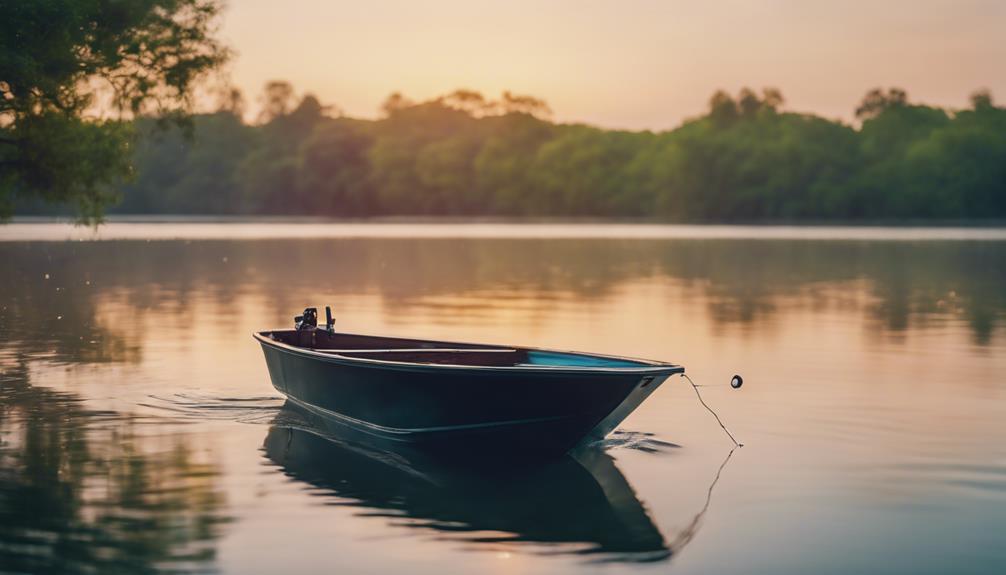Introduction to Fly Fishing in Hawaii
Hawaii, renowned for its stunning landscapes and rich marine biodiversity, offers an unparalleled experience for fly fishing enthusiasts. The warm waters surrounding the islands are teeming with diverse fish species, making it an attractive destination for both seasoned anglers and newcomers. This blog post will delve into the unique aspects of fly fishing in Hawaii, providing insights into the best locations, techniques, and eco-friendly practices that will enhance your fishing adventure in this tropical paradise.
The Best Fly Fishing Locations in Hawaii
When considering fly fishing in Hawaii, several locations stand out for their rich fishing grounds. The Kona Coast on the Big Island is famous for its deep-sea fly fishing, where anglers can catch species like marlin and tuna. On the other hand, the flats of South Maui are perfect for targeting bonefish, while Oahu’s North Shore offers opportunities to fish for trevally. Each island presents unique environments, from freshwater streams to expansive coral reefs, catering to various fishing styles. Exploring these diverse locations not only enhances your fishing experience but also allows you to appreciate Hawaii’s natural beauty.
Understanding the Fish Species of Hawaii
The waters of Hawaii are home to a myriad of fish species that are sought after by fly fishermen. Among the most popular are the Hawaiian bonefish, also known as “O’io,” which are known for their challenging fights and elusive nature. Other species include the giant trevally, marlin, and various reef fish. Understanding the behavior and habitat of these species is crucial for successful fly fishing in Hawaii. Each species has its preferred conditions, such as water temperature and tide patterns, which can significantly impact your fishing success.
Essential Gear for Fly Fishing in Hawaii
Having the right gear for fly fishing in Hawaii is essential to ensure a successful outing. A sturdy fly rod with a weight range suitable for saltwater fishing is recommended, typically between 8 to 10 weight. Additionally, using a high-quality, saltwater-specific reel will help withstand the rigors of fishing in Hawaii’s ocean waters. Don’t forget to pack a variety of flies that mimic local baitfish, as well as leaders and tippets designed for saltwater use. Proper gear not only improves your chances of landing a catch but also enhances your overall fishing experience in Hawaii.
Techniques for Successful Fly Fishing
To maximize your success when fly fishing in Hawaii, it’s essential to employ the right techniques. Casting in the wind can be challenging, so practice your double-haul technique to increase distance and accuracy. Additionally, understanding the tides and fishing during optimal times, such as early morning or late afternoon, can significantly improve your chances of success. Whether you’re wading in shallow waters or casting from a boat, adapting your techniques to the specific conditions will enhance your fishing experience and lead to more successful catches.
Eco-Friendly Practices for Sustainable Fly Fishing
As the popularity of fly fishing in Hawaii grows, it’s vital to prioritize eco-friendly practices to preserve the islands’ delicate ecosystems. Always follow local regulations regarding catch limits and protected species. Practice catch and release to help maintain fish populations, and use barbless hooks to minimize injury to fish. Additionally, be mindful of your surroundings by avoiding damaging coral reefs and other marine habitats. By adopting sustainable fishing practices, you can ensure that Hawaii remains a vibrant destination for future generations of anglers.
The Best Time of Year for Fly Fishing in Hawaii
Timing plays a significant role in the success of your fly fishing adventures in Hawaii. Generally, the best time for fly fishing is during the warmer months, from late spring through early fall. During this period, the water temperatures rise, and fish become more active. However, different species may peak at various times, so researching specific fish patterns can be beneficial. For example, the peak season for bonefish is typically during the summer months, while marlin fishing is best in the winter. Understanding seasonal patterns will help you plan your trip for maximum success.
Conclusion: Your Next Fly Fishing Adventure Awaits in Hawaii
With its breathtaking landscapes, diverse fish species, and unique fishing opportunities, Hawaii stands as a premier destination for fly fishing enthusiasts. Whether you’re casting a line in the turquoise waters of Maui or exploring the reefs of the Big Island, the thrill of catching a Hawaiian fish is truly unforgettable. By equipping yourself with the right knowledge, gear, and eco-friendly practices, you can enjoy a responsible and rewarding fly fishing experience in Hawaii. So grab your rod and prepare for an adventure that combines the beauty of nature with the joy of angling in one of the most stunning locations on earth.
